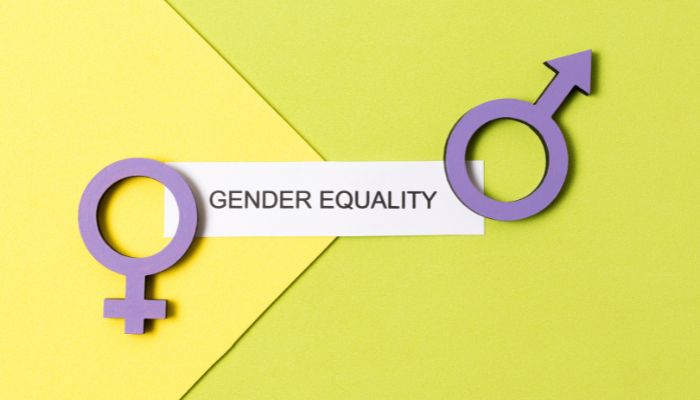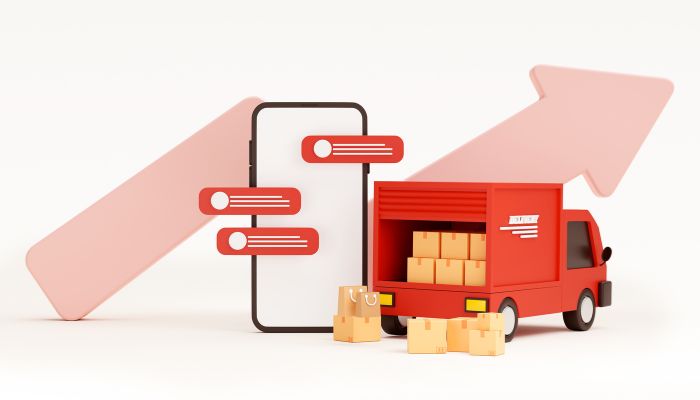Have you ever thought about how people define your employer brand? While some words may seem popular, they may not necessarily be how you wish your brand to be described. Candidates today gravitate toward a particular company over the other only because of the purpose and value the company offers. To attract long-lasting employees and talented candidates, companies now need a direct, robust and authentic employer brand. The company brand has to be powerful enough to prevent existing employees from quitting. For this to happen, your brand needs to have a little more flavour than simple vanilla.
Employer Brand: Modern is the new, tried, and tested
While you may think playing safe is, well, safe, a primary employer brand which is very old school no longer works. It would be best if you had a brand that is modern and can reflect everything your organisation stands for. This employer brand should be able to communicate what candidates should expect, even if some applicants may turn away.
Companies with a substantive and meaningful brand positioning are often ready to accept that they may not be a perfect fit. Their statements about employee value propositions show that the place of work has a “give and get” nature. With such a model, if a team member is ready to give in one aspect, they may have expectations about getting something from the company in return.
It is hard to believe because organisations have been advertising and revising employer brands very profoundly. Employees today are becoming critical of the environment they work in. As a result, many employees are okay to leave long standing jobs in the search for a company that is in line with their goals and values. The workforce today is ever-changing; hence it is vital to learn where others went wrong so that your company grows rather than moves backwards.
You might also be interested to read: What Is Employer Branding And Why Is It Important For The Success Of Your Organization
Communication: Meaningful changes should be announced
A massive change in employer branding, like the facelift of Facebook to Meta, is not always enough. Changes like these can be assumed as only at the surface level and do not communicate a very meaningful or substantial change. In the past few years, candidates have started indulging in research about employer brands and have been digging deep; hence transparency is critical, along with an authentic connection. Even candidates and employees hope to find sincerity and wish to find out what a company stands for so that they can check compatibility as far as purpose and passion is concerned. They want to lay out everything they know about the company and employer branding.
That brings us to the question, where exactly should an employer start? Below is a complete list of five tactics for employer brand research that will give you the capacity to establish and define a unique brand. With these tactics, you will not only be able to explain where the organisation is today but will also be able to answer questions about the future.
1. Set up an employer branding committee with a range of leaders: When a company takes a new initiative, efforts are required to ensure its success. The same goes for employer branding. A committee set up expressly for employer branding will work towards constructing the new employer brand right from the ground up. It will also serve as a strategic resource for future tasks.
To make the most out of this committee, including team members from different departments and different verticals can be helpful. These include marketing, talent acquisition, inclusion and diversity, and sales members. This amalgamation of team members will ensure that no key issues are overlooked.
2. Host a kick-off meeting for employer branding: Once you have invited critical members to work on your employer branding, set up a workshop that will allow all members to align their thoughts about employer branding goals. This workshop can be held either in person or online mode. During this event, try and review elements of your employer branding. Members appointed from different departments may also be able to give an idea of how the groups and departments in the company view the organisation. Any disconnect between the mission you have and the experience of workers can be measured with the help of employee insights. Exit interviews are also a great place to find such information.
3. Set up interviews with leadership team members: One of the significant reasons that misalignments exist between the type of employer branding you wish to create and the type of brand your leaders try to create is that the aspirations that leaders hold do not match yours. In the interview, try to explore what the leaders want from employees and what they like about them. Once you understand how it feels to work for them, you can rework the employer brand. Remember that the employer brand must be transparent when it presents work life in the organisation.
4. Conduct focus group meetings with employees across all sections: Now that you know what is in the mind of your leaders, you must find out about the experiences employees have daily. Try and organise about 6-7 sessions that are up to 2 hours long with about ten workers per session. These focus group sessions will help you explore why employees chose to work at your company first and what is the most significant motivating factor for them. Try and find out about the “give and get” exchange, if any.
5. Gauge how the market views your employer brand: Once you have a good idea about your employer branding, check how it matches the competition. Your employer brand should be engaging and compelling so it can gain attention. Spend a little more time examining the employer brands of your competitors. From Glassdoor ratings to posts on social media, try and get an idea of the general sentiment of the brand. When doing so, also keep an eye out for job descriptions. With so much information, you will be able to solidify your employer brand.
Until a few years ago, making an employer brand was much more accessible. Table tennis set in the lunchroom, tap beer and pizza parties were enough to make an impact. However, in 2022, high-performing talent is looking for more profound and substantial employee experiences. They are on the search for companies that have a very specific employer brand and give employees a chance to be a member of the company, a company they believe in and have much trust in. A research strategy and infrastructure that helps with employer brand creating will allow you to do that for them.
Reference: Five Strategies For Defining Your Employer Brand |Talent Culture|Bryan Adams|July 18, 2022
You might also be interested to read: Employer Brand: Why It Is Important






